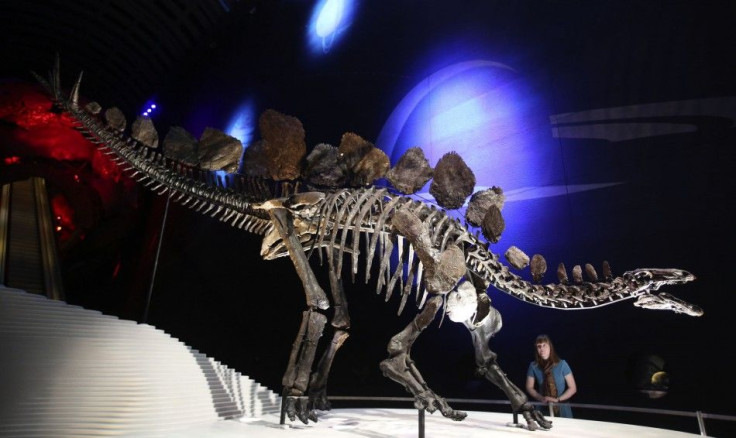Protoceratops’ frill proves sexual selection and social dominance in dinosaurs

Scientists suggest that large ornamental structures in dinosaurs, such as their horns and head crests, were likely to have been used by the animals to assert social dominance and for sexual displays. A new analysis by the researchers at the Queen Mary University of London (QMUL) focused on Protoceratops and led them to link the function of the anatomy to sexual selection in dinosaurs.
Protoceratops, a small-horned dinosaur that was around two metres in length, was the same size as a sheep and had a large bony frill, which extended from the back of its head to over the neck. Fossils of the dinosaur reveal that the adults appeared to have disproportionately bigger frills in relation to their size.
The study, published in the journal Palaeontologia Electronica, states that the frill was absent in younger Protoceratops and quickly increased in size as the dinosaurs grew. Hence, this shows that such body part was most likely used to help the animals select potential mates.
The dinosaurs might have flaunted their best attributes through the frill. Asserting dominance during social interactions may have also been possible because of such body part.
According to David Hone, a lecturer of zoology from QMUL's School of Biological and Chemical Sciences, experts have suspected for many years that many of the strange features found in the dinosaurs were linked to sexual display and social dominance. However, the scientists could not provide the evidence for such theory. Finally, the growth pattern observed in Protoceratops matches the same anatomy seen in living animals.
The researchers studied 37 specimens of Protoceratops from fossils found in the Djadochta Formation in the Gobi desert and data from previous studies. The team assessed the length and width changes of the frill over different life stages, which included hatchling babies, young animals, near-adults and adults. The frill also changed in shape, becoming wider as the dinosaur aged.
Rob Knell, also from the QMUL's School of Biological and Chemical Sciences, remarked that biologists are increasingly understanding that sexual selection plays a crucial role in shaping biodiversity even since the beginning of life. Apart from dictating the unique features an animal will have, sexual selection also determines how new species will arise and thrive. Consequently, this may also have an effect on the extinction of a species, which is largely influenced by the animals' ability to adapt to changing environments.




















